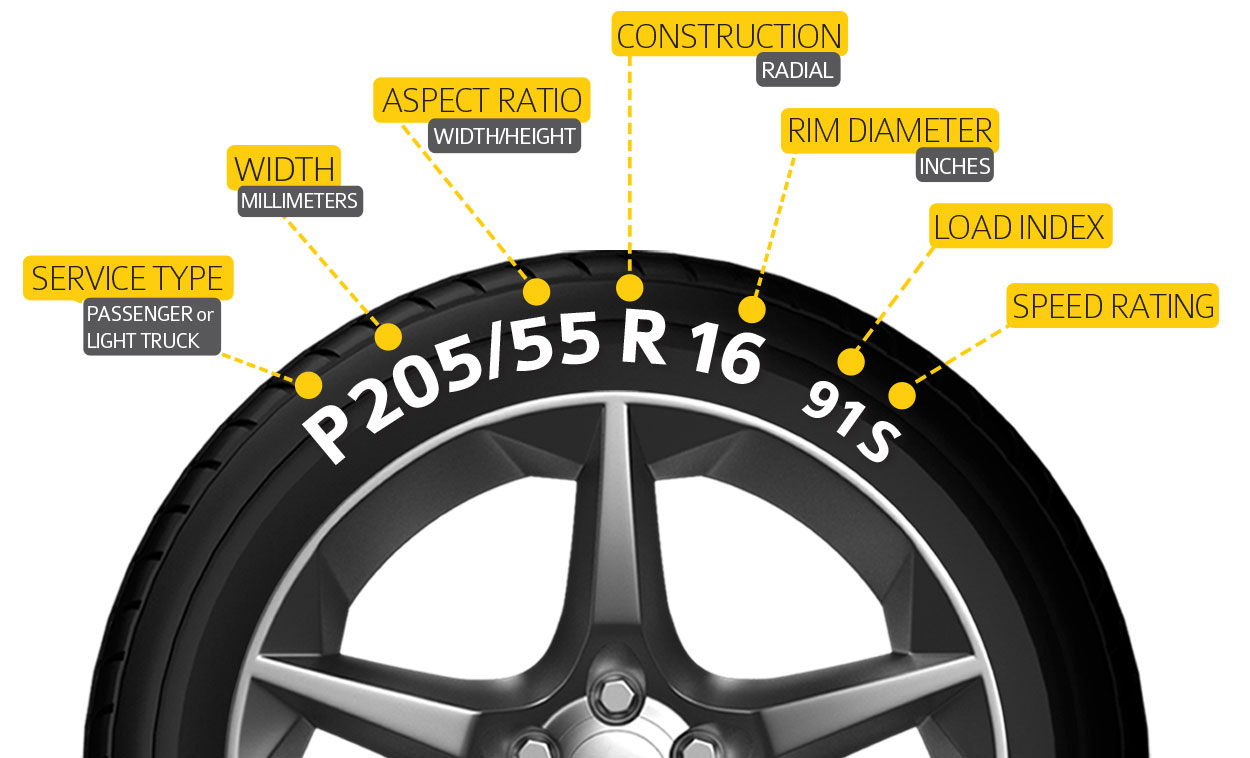Unlocking the Mysteries of Wheel Measurement: A Comprehensive Guide

From the chariots of antiquity to the sleekest modern sports cars, the wheel stands as a testament to human ingenuity. But beyond its elegant simplicity lies a world of nuanced measurement, crucial for both performance and safety. How do we decipher the cryptic language of wheel sizes, those alphanumeric codes that determine everything from ride comfort to speedometer accuracy? This exploration delves into the art and science of wheel measurement, offering a practical guide for navigating this often-overlooked aspect of vehicle maintenance and modification.
Imagine the wheel not merely as a circular object, but as a complex system of interconnected dimensions. Its size isn’t a single number, but a combination of factors working in concert. Understanding these elements allows us to unlock the secrets held within the wheel's seemingly simple form. This understanding empowers us to make informed decisions, ensuring our vehicles perform at their best and, importantly, maintain safe contact with the road.
The practice of accurately gauging wheel dimensions has evolved alongside the automobile itself. Early wheels, often crafted from wood, were measured using rudimentary methods. The advent of standardized steel and alloy wheels brought with it a more precise system of measurement. Today, understanding how to obtain accurate wheel measurements is essential for anyone working with vehicles, from the weekend mechanic to the seasoned automotive engineer.
Why is knowing how to determine wheel size so vital? An incorrect wheel size can lead to a multitude of issues, from speedometer inaccuracies and premature tire wear to interference with suspension components and even safety hazards. Properly sized wheels ensure the intended fitment, optimize handling and performance, and maintain the integrity of the vehicle's design.
The process of determining wheel dimensions is surprisingly straightforward, often requiring only basic tools. Understanding the key terminology, such as diameter, width, offset, and bolt pattern, is the first step. Diameter refers to the size of the wheel from one edge to the other, typically measured in inches. Width represents the distance between the inner and outer edges of the wheel rim, also measured in inches. Offset describes the distance between the wheel's mounting surface and the centerline of the rim. Finally, the bolt pattern defines the arrangement of the lug holes used to secure the wheel to the vehicle hub.
One of the primary benefits of understanding how to get the right wheel size measurement is improved vehicle handling. Correctly sized wheels and tires work harmoniously with the suspension system, providing optimal grip and responsiveness. For example, a wider wheel and tire combination can enhance cornering stability, while a smaller diameter wheel can improve acceleration.
Another advantage is prolonged tire life. When wheels are correctly sized, tire wear is distributed evenly, maximizing the lifespan of the tires. Incorrectly sized wheels can cause uneven wear patterns, leading to premature tire replacement and increased costs.
Furthermore, accurate wheel measurement ensures speedometer accuracy. The speedometer is calibrated to the rolling circumference of the tires, which is directly related to the wheel diameter. Incorrectly sized wheels can throw off the speedometer reading, leading to inaccurate speed calculations and potential legal issues.
Advantages and Disadvantages of Precise Wheel Measurement
| Advantages | Disadvantages |
|---|---|
| Improved Handling | Requires some initial learning |
| Increased Tire Life | Potential for measurement errors if not careful |
| Accurate Speedometer Readings |
Step-by-Step Guide to Measuring Wheel Diameter:
1. Locate the markings on the tire sidewall that indicate the tire size.
2. The diameter is typically the last number in the sequence (e.g., 17 in 225/45R17).
Frequently Asked Questions:
1. What tools do I need to measure wheel size? A tape measure is usually sufficient.
2. How do I measure wheel offset? Offset is best measured with a specialized tool, but can be estimated by comparing the wheel's mounting surface to its centerline.
3. Why is wheel bolt pattern important? The bolt pattern ensures the wheel mounts securely to the vehicle hub.
4. Can I use different sized wheels on the same vehicle? Yes, but it's crucial to consult vehicle specifications and ensure compatibility.
5. How do I find the correct wheel size for my car? Refer to the vehicle owner's manual or consult a tire and wheel specialist.
6. What are the consequences of using incorrect wheel size? Issues can range from speedometer inaccuracies and premature tire wear to interference with suspension components.
7. Where can I find more information on wheel sizes? Online resources, automotive forums, and tire and wheel retailers are excellent sources of information.
8. How often should I check my wheel size? It's good practice to verify wheel size when purchasing new tires or wheels, or if you suspect any issues with handling or tire wear.
In conclusion, understanding how to ascertain wheel size is not merely a technical skill, but a vital component of responsible vehicle ownership. From enhancing performance and extending tire life to ensuring safety and accuracy, the benefits are manifold. By mastering this seemingly simple yet crucial aspect of automotive knowledge, we empower ourselves to make informed decisions, ensuring a smoother, safer, and more enjoyable driving experience. Embrace the knowledge, explore the dimensions, and unlock the potential within your wheels. This seemingly small detail holds the key to optimizing your vehicle's performance and safety, reminding us that even the most fundamental elements of engineering can have profound implications. Take the time to learn and apply these principles, and you'll be rewarded with a more confident and rewarding driving experience. So, the next time you gaze at your wheels, remember that they are more than just circles of metal – they are intricate components that, when properly understood and measured, contribute significantly to the overall harmony of your vehicle.
Unlocking the federal pay plan series grades and your career
Enchanting florida state park weddings natural beauty meets everlasting love
Remembering mary frances hall a celebration of life and legacy













